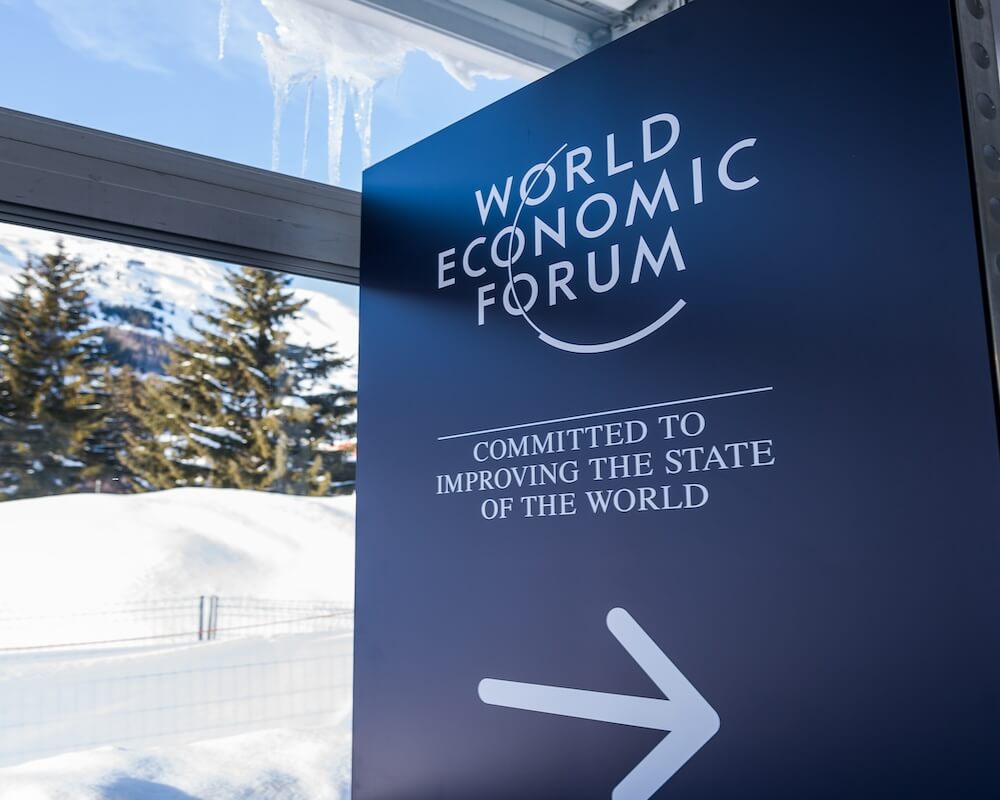Posted May 10, 2022
By Ray Blanco
Looking Inwards: Indoor Farming Could Help Alleviate Food Shortage Issues
Our world is facing a food shortage… And while it may not affect many first-world countries like the US, it creates a detrimental problem for less developed nations.
Advances in agriculture technology aim to solve those issues.
One technology, indoor farming, could bring about a dramatic shift in the way we grow food.
For starters, indoor farming takes the natural and unpredictable processes of traditional farming away and creates a predictable and stable growing environment. Indoor farms also take up much less space than traditional farms do, vertical farming specifically.
As an industry, indoor farming is projected to skyrocket over the next four years. With a current valuation of about $79.3 billion worldwide, the indoor farming industry has the potential to climb to $155.6 billion by 2026, citing information from financial data company Pitchbook.
However, even with all this, indoor farming doesn’t come free from problems…
Despite the projected growth, there are plenty of structural challenges that need to be overcome before indoor farming can compete with traditional farms in terms of profitability and practicality.
Challenges like hiring an adequate number of technical experts and securing the necessary capital to build massive warehouses and greenhouses for indoor farming. There’s an expensive slate of tech needed to monitor and maintain crops, things like automation hardware and software, sensors, and tens of thousands of LED lights.
And then you have perhaps the single biggest challenge facing indoor farming, energy consumption…
Indoor farming demands a huge amount of energy to operate successfully.
While traditional outdoor growing relies on the ever-burning power of the sun, indoor farms are reliant on LED lighting, and lots of it. Naturally, energy costs for indoor farms run high, threatening profitability, and potentially offsetting environmental benefits altogether.
Even while indoor farms can use up to 95% less water than traditional farms, they also consume about seven times the amount of energy that traditional farms do. But improvements in LED lighting technology will continue to increase the viability of indoor farming and move the needle on profitability.
Advances in renewable energy and battery technology could save the day here too… So while getting over the hurdle of energy consumption and efficiency isn’t going to be an easy task, it's certainly possible.
There are already a handful of indoor farming operations that run on all renewable energy, or are expected to soon. For example, New York-based Bowery Farming has stated that each of its growing operations run 100% on renewable energy. Brooklyn-based Upward Farms has a new farm soon to open in Northeast Pennsylvania which is expected to run on 100% renewable energy, as well.
In a few years, with the proper advancements in technology and a little bit of luck, we may see indoor farming replace outdoor farming as the main method of growing the world's food supply.
To a bright future,

Ray Blanco
Chief Technology Expert, Technology Profits Daily
AskRay@StPaulResearch.com

